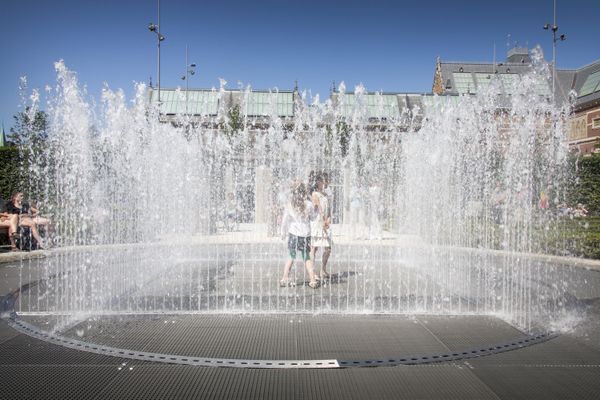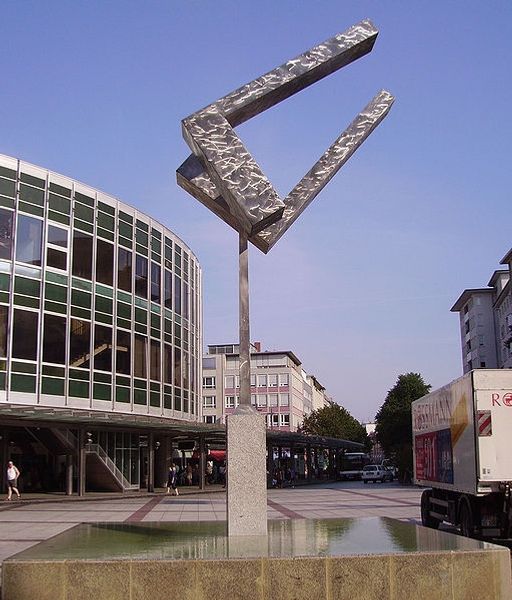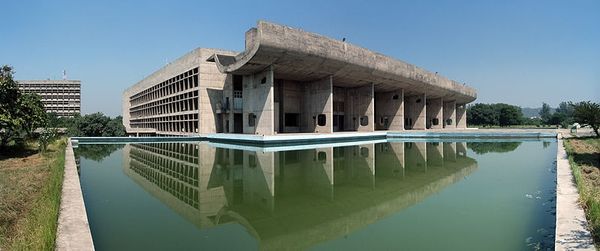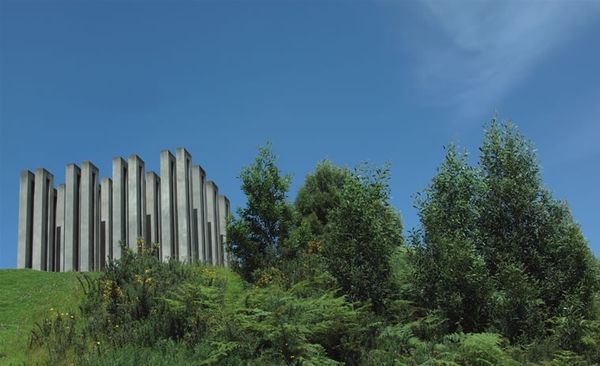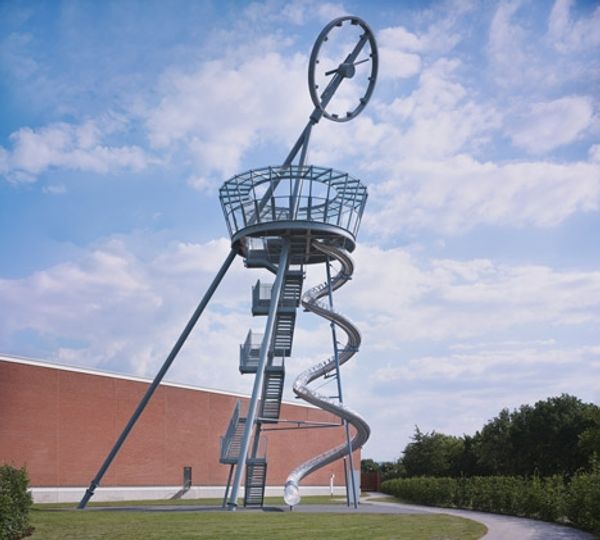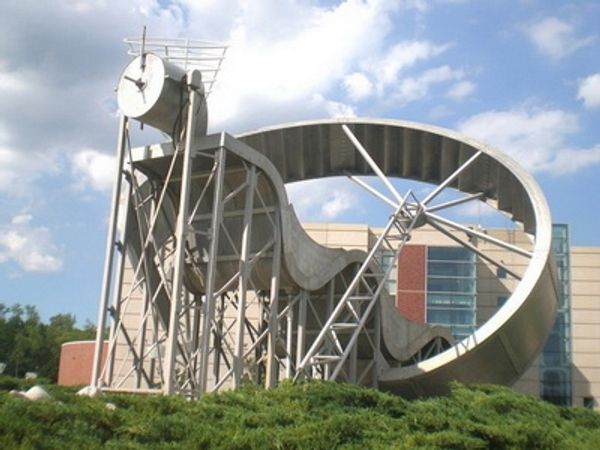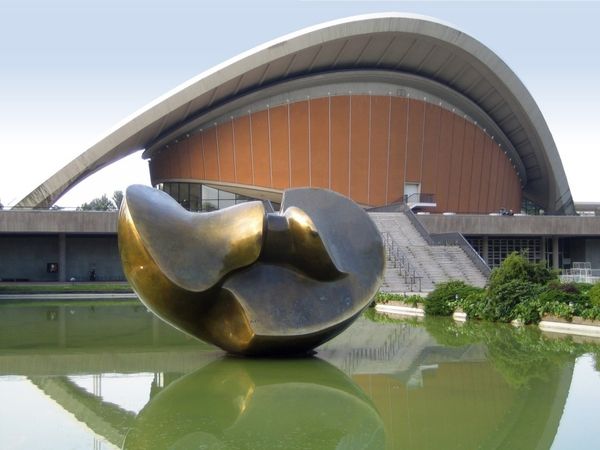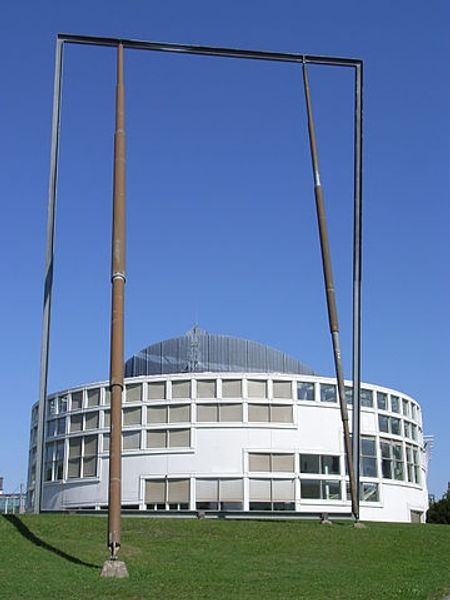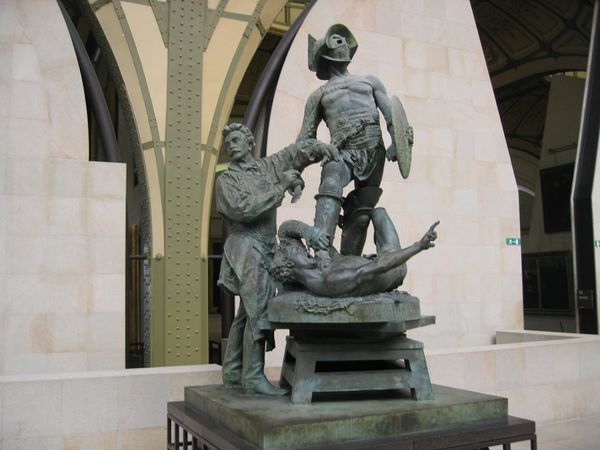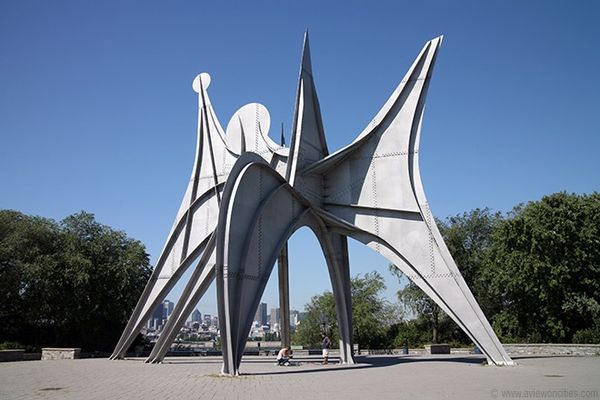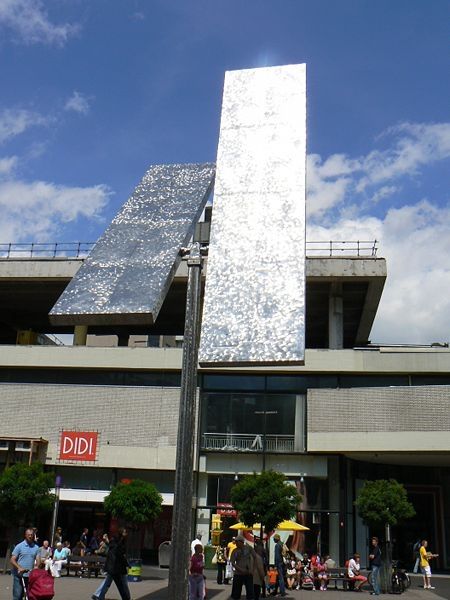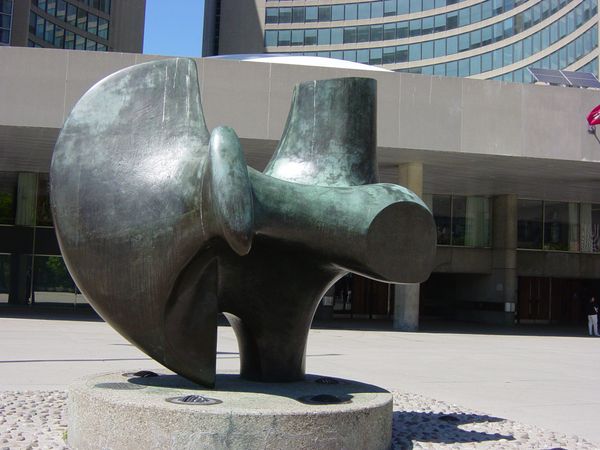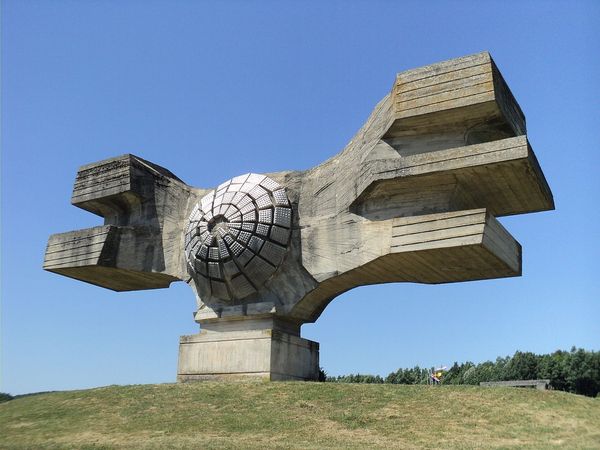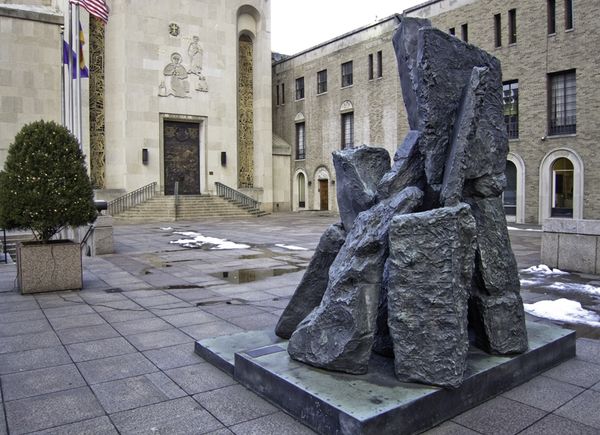
public-art, sculpture
#
contemporary
#
360 degree view
#
landscape
#
public-art
#
figuration
#
geometric
#
sculpture
Copyright: Louise Bourgeois,Fair Use
Curator: Here we see "Father and Son," a public sculpture realized by Louise Bourgeois in 2005. The composition initially strikes me as hopeful. Two figures rendered in bronze are placed at either end of a circular pool atop their own spouting fountains. Editor: Hopeful is interesting. My initial impression is more about the interplay between the raw materiality of the bronze figures and the kinetic energy of the water—a contrast between the solid and the ephemeral. It calls to mind issues surrounding labor in its creation; Bourgeois, as author, did not personally construct the fountains, which has huge implications when speaking on such intimate topics. Curator: The sculpture’s placement directly impacting the surrounding water introduces dynamism to the figurative work. However, these standing figures, even with the water around them, suggest classical contrapposto poses, particularly evident in the father's slight hip tilt and weight distribution, drawing a thread to centuries-old traditions. There’s tension generated from Bourgeois using these forms, knowing of course their Western-art bias. Editor: Absolutely, and consider the social dimensions inherent to public art. This isn’t displayed within the protective confines of a gallery, instead directly accessible to people outside of academic fine-art circles. How many hands have gone into both the planning, execution, and continued maintenance of a piece of “art” for it to remain functional? Also, if one of the explicit purposes is community enhancement through shared consumption, one would think greater representation and intersectionality would be embraced. Curator: I’d push back and argue that focusing solely on material and construction overlooks the very deliberate spatial arrangement. The separation between the two figures, despite their mirrored gestures, perhaps speaks to distance, either physical or emotional. It invites deeper reflection on the complexity of familial bonds and the transmission of legacies. Editor: But that transmission depends entirely on access to materials and cultural spaces, whether or not a family can *afford* Bourgeois or, really, almost anything deemed artistically enriching in the Western World. And by extension, public works end up largely mirroring tastes already catered to and preserved; such cyclical curation necessitates we constantly evaluate for whom these figures serve, and whose legacies are really on display. Curator: Well, regardless of its greater political significance, I think this piece certainly delivers much food for thought about visual and formal interpretation. Editor: Definitely; even a discussion centered on artistic choices loops back to questions concerning who gets the honor of making said choices in the first place.
Comments
No comments
Be the first to comment and join the conversation on the ultimate creative platform.
